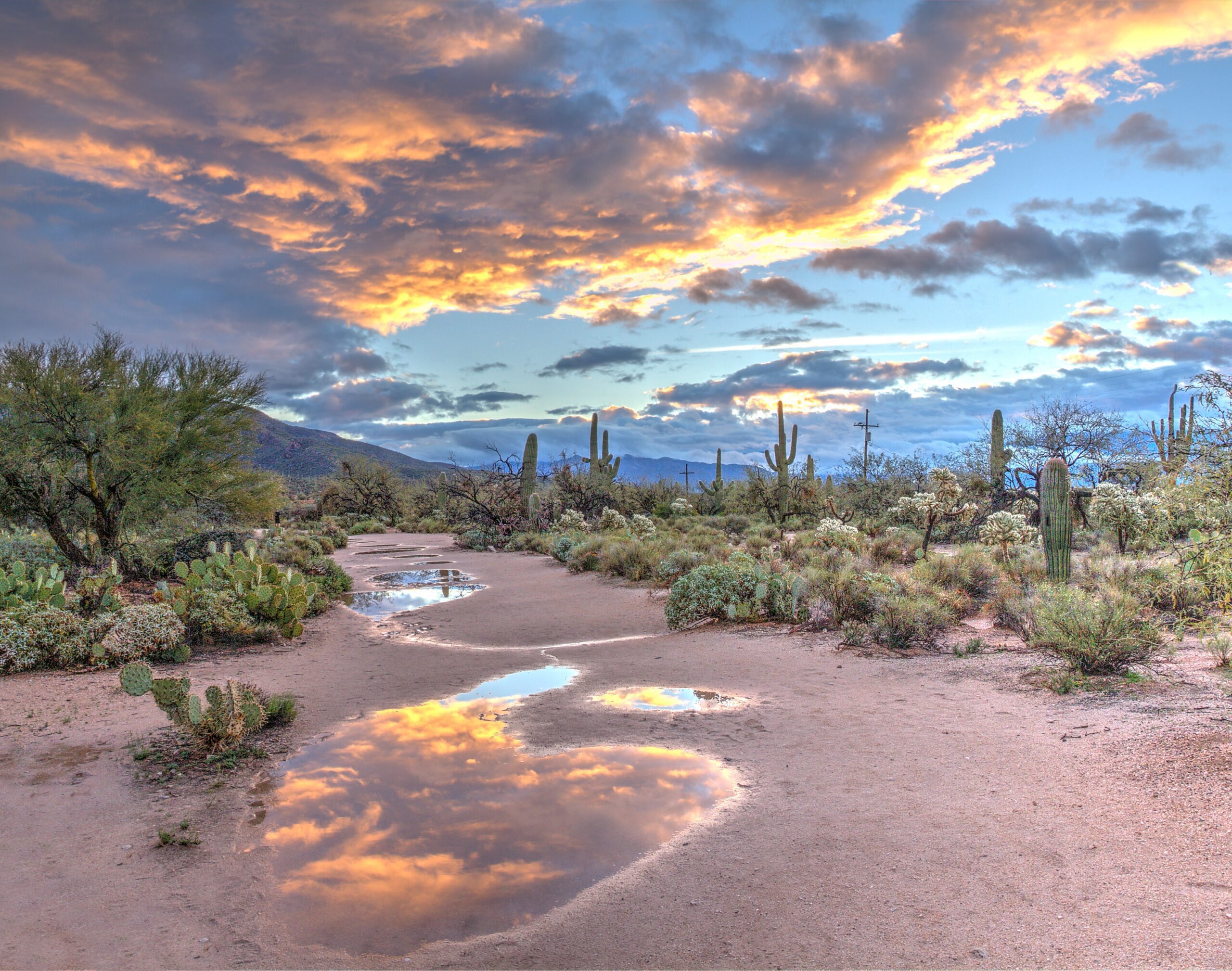The passing of the federal Bipartisan Infrastructure Law will impact more than a few aspects of daily life for Americans. Roads, highways, and bridges will be fixed and upgraded across the Nation, charging infrastructure will be constructed, and consumer investment in electric vehicles will potentially be heavily incentivized through a mix of state and federal rebates.
Though most of us will certainly feel the impact of the bill’s passing, it won’t happen overnight. A few more minor parts of the legislative package, sections that aren’t necessarily related to the pouring of asphalt or the manufacturing of lithium car batteries, could see funding releases that positively affect the environment relatively quickly. In parts of the southwestern United States, tribal communities could be seeing assistance in managing their lands’ health and environmental resiliency while preserving wildlife and creating jobs.
For Arizona, an announcement came in late April on the release of $2.5 million in federal funds for two projects protecting river wildlife and eliminating the constant flooding of nearby tribal lands. “Our work to secure these investments for flood mitigation and river wildlife protection on tribal lands will promote economic growth and sustainability in Arizona’s tribal communities,” said Arizona’s Sen. Kelly, who with fellow Arizona Senator Kyrsten Sinema supported the legislation.
If all goes to plan, the program will achieve exactly what lawmakers often hope for when discussing policy: advancing the common good and welfare of the surrounding environment while creating paying work for the local communities in one fell swoop.
The first of the two projects, and the one that will receive most of the funding, is directed toward assisting the population of the Apache Trout. The Apache Trout is the state fish of Arizona, and despite that esteemed label, it has been in a constant state of fighting for its survival for decades as the effects of industry and development began to limit population growth in the state. Though initial efforts to limit and recognize the diminishing population counts of the species began as early as 1955 – when the White Mountain Apache Tribe first began closing down fishing in trout-heavy waters – the Apache Trout continued to see its numbers shrink until the late 1960s, when it was officially considered endangered under the Federal Endangered Species Preservation Act of 1966. While work has been done since then to improve the local populations of the Arizona fish, it is still considered environmentally threatened to this day.
Around $2.2 of the $2.5 million will be allocated to remove a series of barriers and culverts along more than 50 miles of Apache Trout habitat. Much of this land had previously been blocked off from trout access, thus limiting the level of available resources that these fish can now use to build up their populations. The operation will work along with members of the White Mountain Apache Tribe, whose land will now be opened up in order to further develop the trout numbers. Though job numbers are not officially confirmed, members of the indigenous White Mountain population will likely be working on the majority of the removal.
The final portion of the funding will be directed to constructing the Bylas Springs Complex, an infrastructure project aimed at aiding greater connectivity among fish populations in the nearby San Carlos Apache tribal land. In addition to assisting the general marine ecosystem for San Carlos, the project will primarily focus on helping provide a proper habitat for the Gila Topminnow, an endangered species native to the area.





